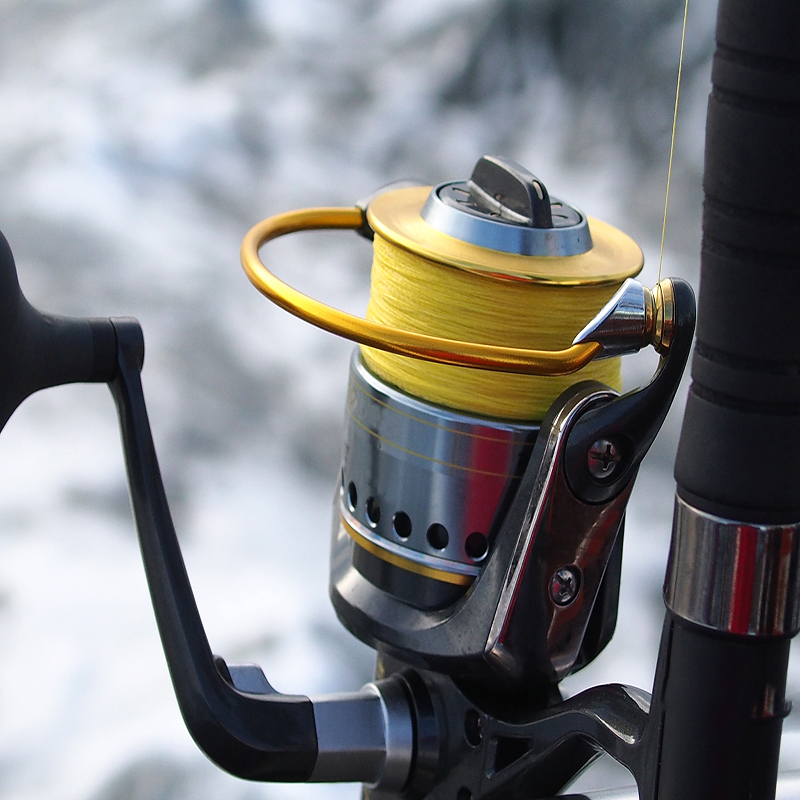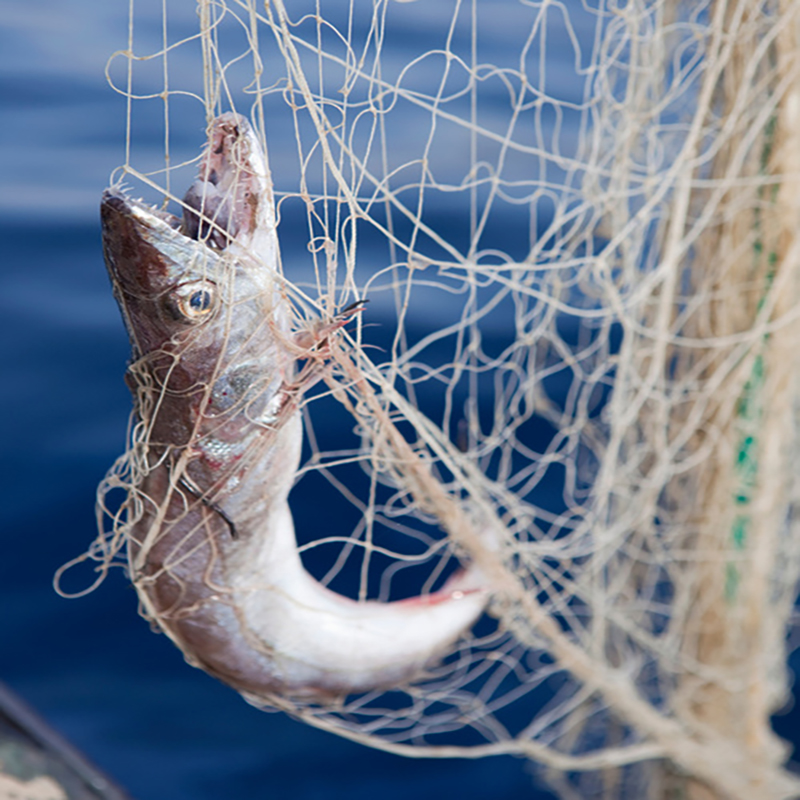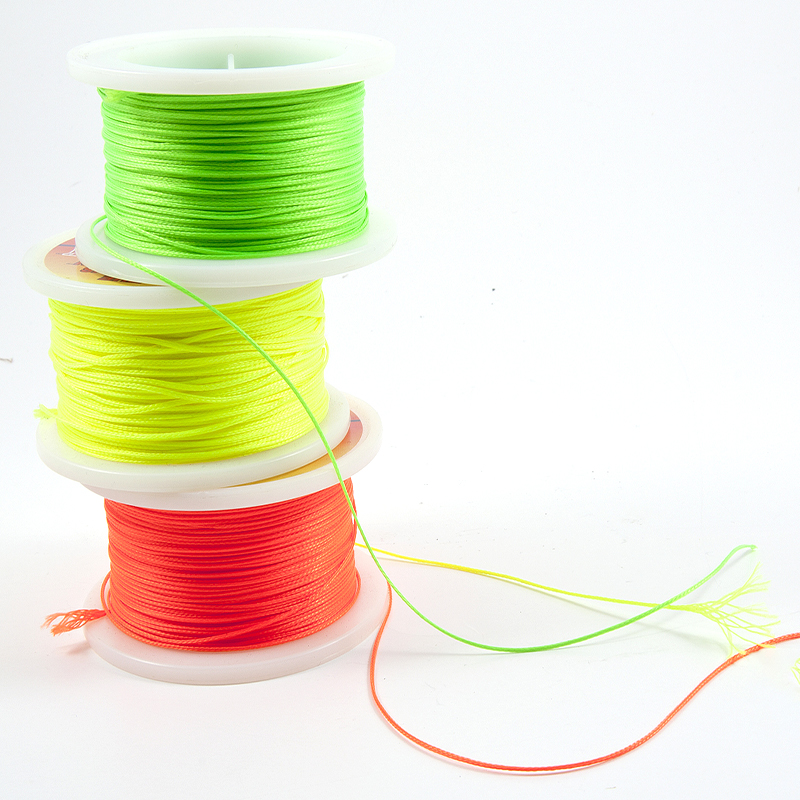1. Material
Now the main materials of fishing line on the market are nylon line, carbon line, PE line, Dyneema line, and ceramic line. There are many types of fishing lines, generally speaking, you can choose nylon lines if you don’t know how to choose them.
2. Gloss
Except for braided fishing lines, the surface of other fishing lines must be shiny. Transparent fishing lines cannot be colored, and colored fishing lines cannot be whitish. Otherwise, the fishing line will have quality problems.
3. Production date
The fishing line actually has a certain shelf life. If it is stored for a long time, the fishing line will age, become brittle, and the toughness will decrease.
4. Diameter and flatness
The thickness of the fishing line will be marked with a number when purchased. The larger the number, the thicker it is and the greater its pull. The better the uniformity of the fishing net line, the more stable the performance.
5. Breaking force
The pulling force of the fishing line is also the key when choosing a fishing line. For the same diameter fishing line, the greater the breaking strength, the better the fishing line.
6. Elasticity
Pull out a section and make a big circle, and then loosen it. The fishing line with better quality will return to its original state in a very short time. A good fishing line should be very soft.



Post time: Jan-09-2023

